Best electronic music documentaries
Pump up the volume: A history of House music • 2001
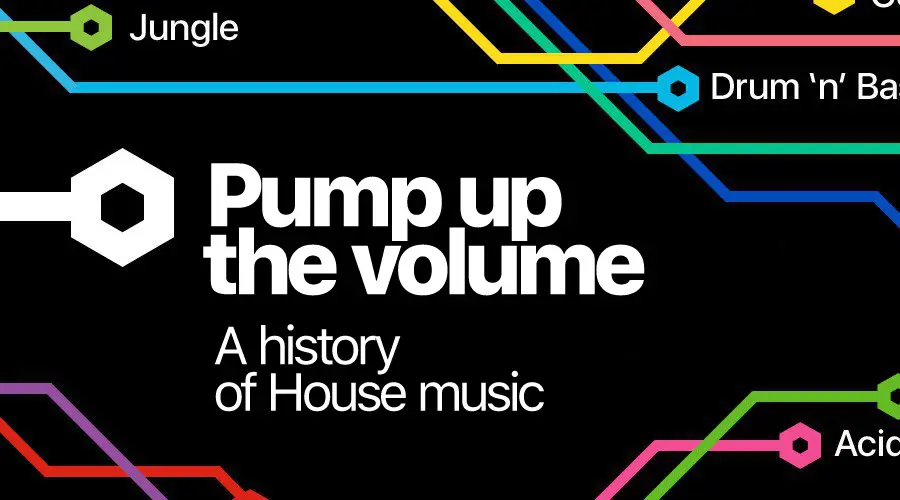
The king of documentaries about electronic music is
Dub Echoes • 2007
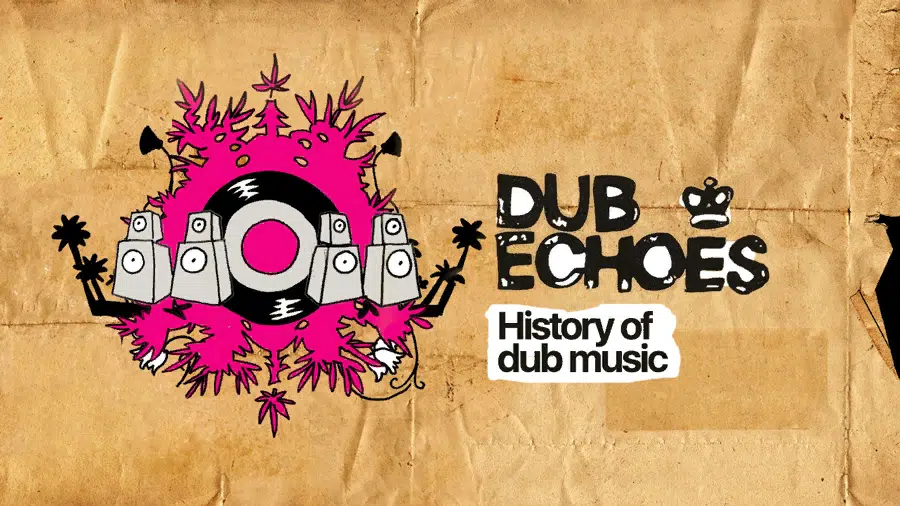
The film isn’t about reggae or Bob Marley. It’s about slow, lingering music with all the contemporary consequences: sound systems, remix culture, which began with the dub music of the seventies under the Jamaican sun in small 4×4 studios, DJs and MCs, acetate discs, and the key figures of the dub revolution with compliments from those who were influenced by dub: downbeat, dubstep and jungle pioneers. Watch this documentary
Jungle Fever • 1994
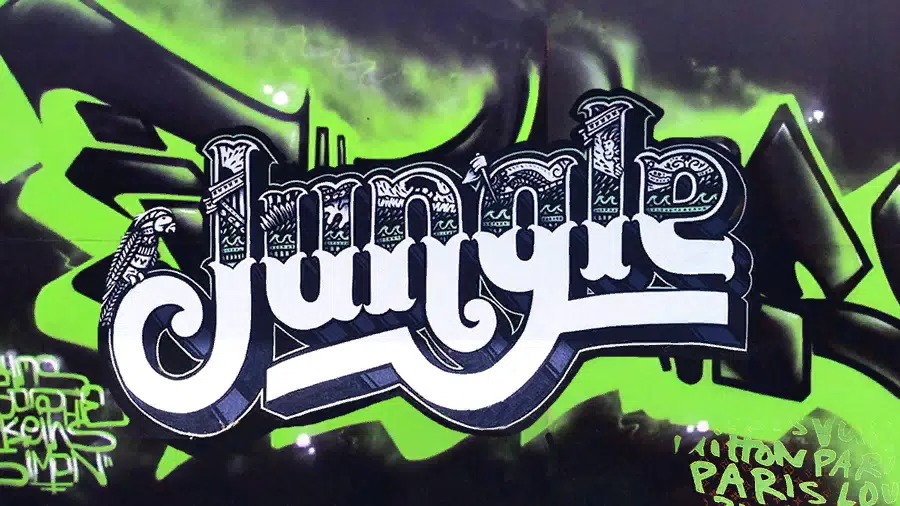
High Tech Soul • 2006

Derrick May used
Daft Punk: Unchained • 2015
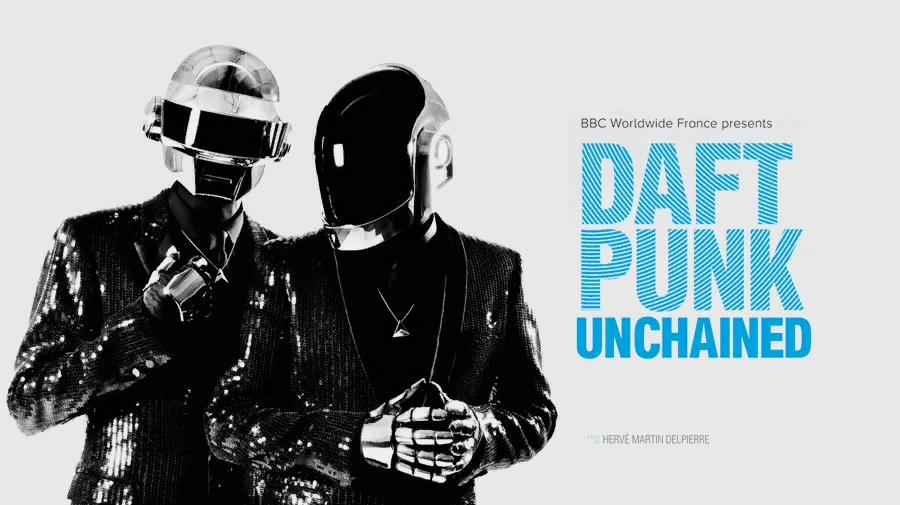
This is the story of two young Parisians who first took up guitars and it turned out badly, and then took up synthesisers and it turned out well. It’s about how to dictate terms to Virgin itself at the age of twenty; how to pay respect to the Chicago founding fathers on Homework, turn into robots in the extremely successful and colourful Discovery, and then forget all about it and record garage rock on the very aggressive Human after All. How to create your own empire and a recognisable image, so that helmets like yours are made in the basements all over the world; how to record your first album in a nursery and your fourth in the best studios in the world.
Talkin’ Headz • 1998
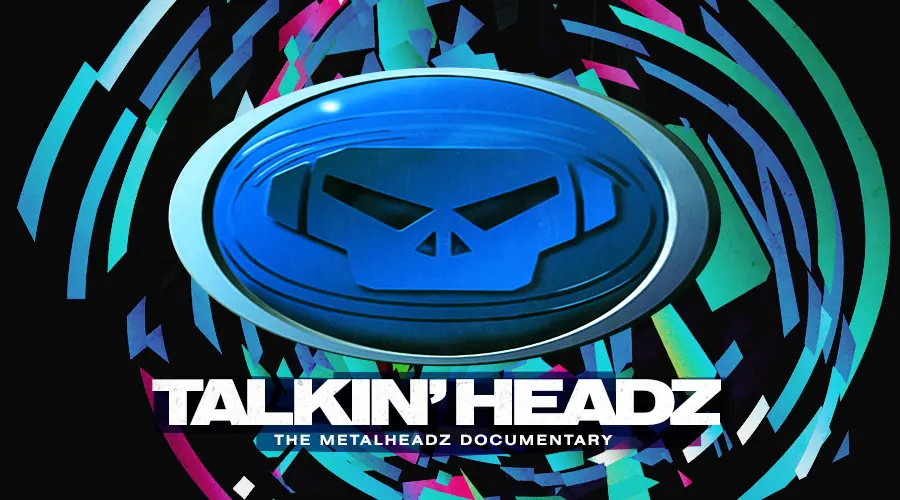
In 1998, this film took a look at a drum’n’bass company aiming for world domination. This label has got some of the UK’s finest producers (according to Mixmag). That label produced many gifted minds worthy of an Oxford degree (according to DJ Mag). “DJs and producers talk openly of the artistic freedom they enjoy, how the label has evolved to represent such a diverse musical scene and why moving forward and pushing the boundaries is so vital.” Everything here is from the dark side of the force: Goldie, Grooverider, Dillinja, Adam F, Ray Keith, Andy C, Lemon D, Optical, Digital, Source Direct, Bailey, Randall, and Gilles Peterson as an independent expert and a guide not only to acid jazz, but also to all such exotic things in the country. Watch this documentary
Berliner Trance • 1993
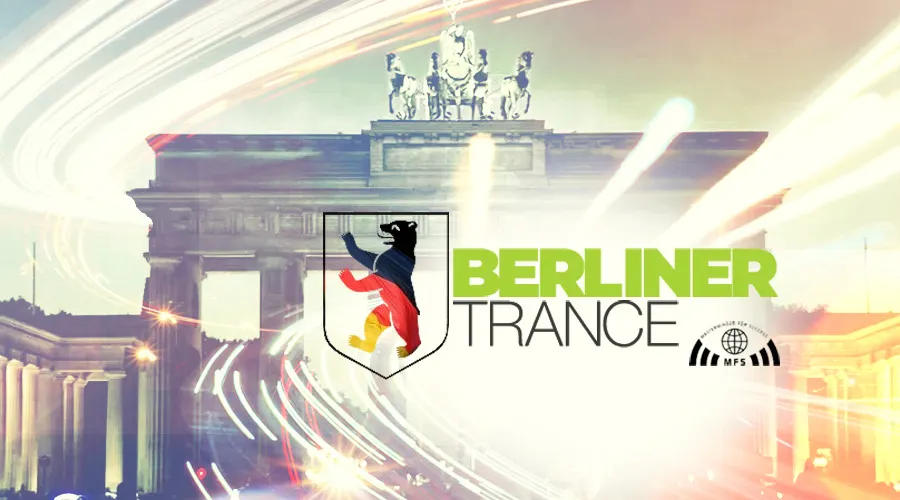
Originally, hypno-trance was seen as the melodic side of techno. That’s why this music was warmly supported by Sven Vath, who later founded Eye Q in Frankfurt, and Laurent Garnier, who is meant to be connected to French techno, but in this film evaluates trance.
Modulations • 1998

One of the first attempts to understand the big bang of electronic music in the 90s. Slightly
Vaporwave: A Brief History • 2015

An introductory video about the name and its beginnings, as well as what is hidden under the sound, and what it resulted in. Since vaporwave is mostly ambient, or new age, or tainted lounge, or completely
Synth Britannia • 2009

A film about the arrival of electronic music in the UK in the 70s. It’s about the audacity of young renegades who didn’t want to play traditional rock: Ultravox, Human League, Cabaret Voltaire, Gary Newman, Soft Cell, New Order, Eurythmics, Depeche Mode, Yazoo, Pet Shop Boys, and OMD. They were fascinated by these strange angular boxes from which sounds could be extracted that no other instrument in the world can reproduce. The pioneers of Detroit techno and Belgian hardcore point to the British new wave as their first source of inspiration. They simply, like any other generation, reinterpreted the music of their youth and childhood in their own way. Watch this documentary
Good Looking Documentary • 1997
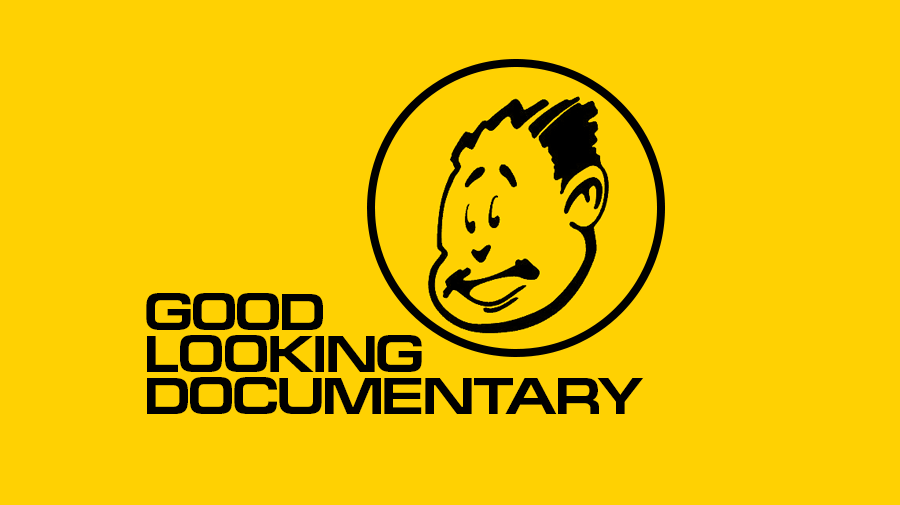
A TV film from
The Sound of Belgium • 2012
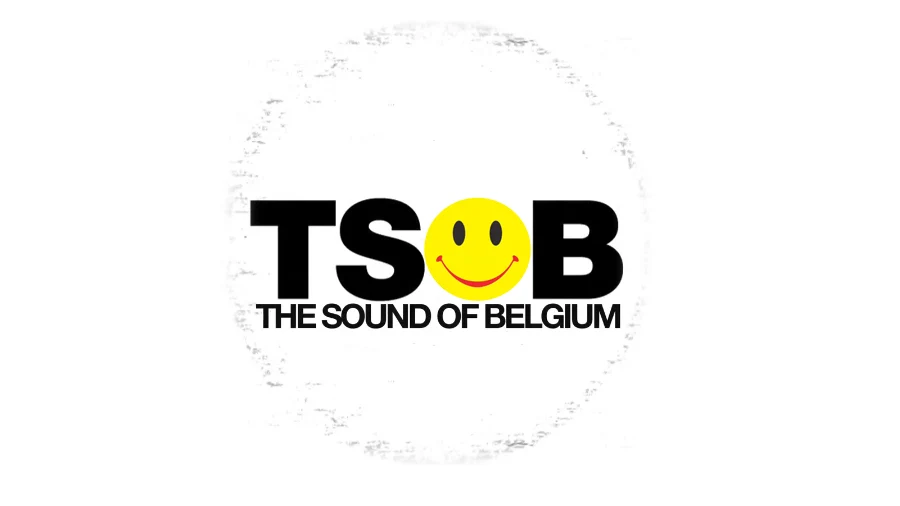
A real study of a cultural phenomenon from Belgium: how a small country in the north of Europe believed in itself, and for a short decade became a trendsetter. It shows how in the late 80s Belgium suddenly became a kind of Northern Ibiza, where the club youth from the neighbouring Netherlands, France, Germany and the UK came to hang out. It shows how Belgian musicians gave birth to a new beat madness, which in its turn swelled a spectacular wave of Belgian hardcore, the predecessor of the British one in the early 90s. Watch this documentary
Gabbers! • 2013
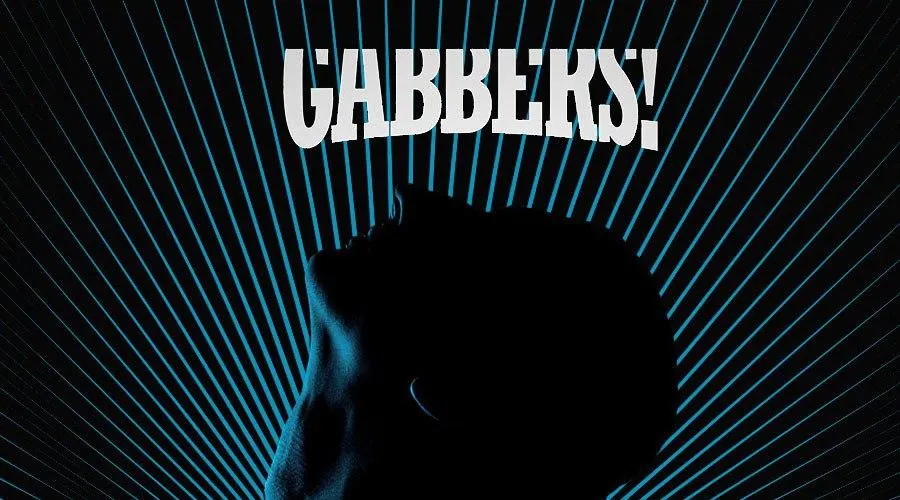
This film isn’t about the emergence of gabber culture as such. There are no extensive interviews of DJs and musicians. It’s about gabbers in particular—those who went wild on the dancefloor in their twenties and how they feel twenty years later. It turns out that gabber is still in their souls.
Discovering Electronic Music • 1983

An educational film about the components of electronic music: wave types, oscillation speed, frequencies, filters, envelopes, and everything else. It shows how people imagined electronics at the service of man in the 60s and 70s. Fast cuts had not yet been invented, so the action in the film flows calmly, and the presenters speak in a measured manner. But it’s still interesting, especially if you draw parallels with nowadays: how they imitate real instruments now, how processing became suitable for live performances (for world music and ambient music in particular). And it turns out that in the 70s, there were already touch panels and something like manual
The New Sound of Music • 1979
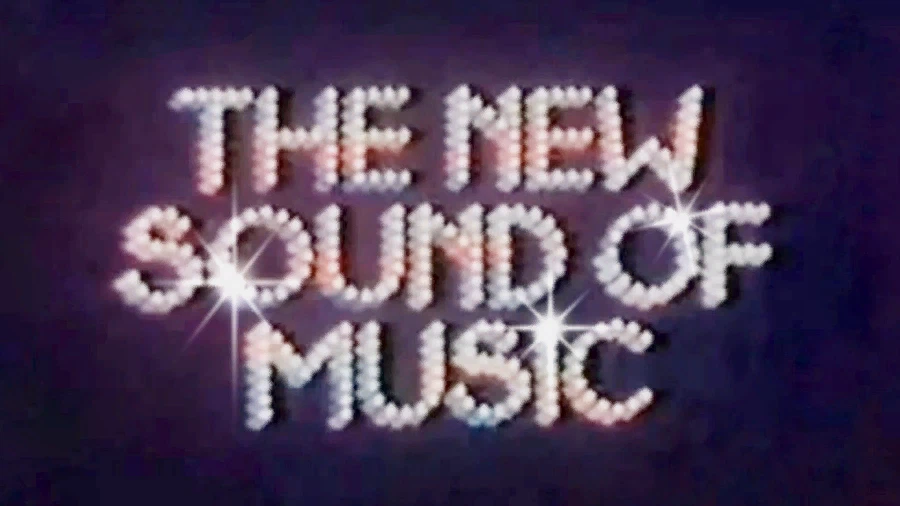
New Sounds of Music is about the rise of electronic music. A charming presenter in a tweed jacket fascinatingly talks about how mechanised music has changed over time: from late Victorian organ and pianola, which played programmed tunes from wooden shafts and paper rolls to experiments with magnetic tape in musique concrète and synthesizers. All these inventions are part of one long road, which progressively led to the creation of a new sound in music.
Apart from presenting technologies from different years, the film gives the floor to electronic composers who solve their tasks with the help of new equipment: from turning themselves into a human orchestra and fulfilling commissions for TV to inventing new approaches to electronic music and creating new instruments. Watch this documentary
Electric Rhythm: The History of Drum Machines • 2018
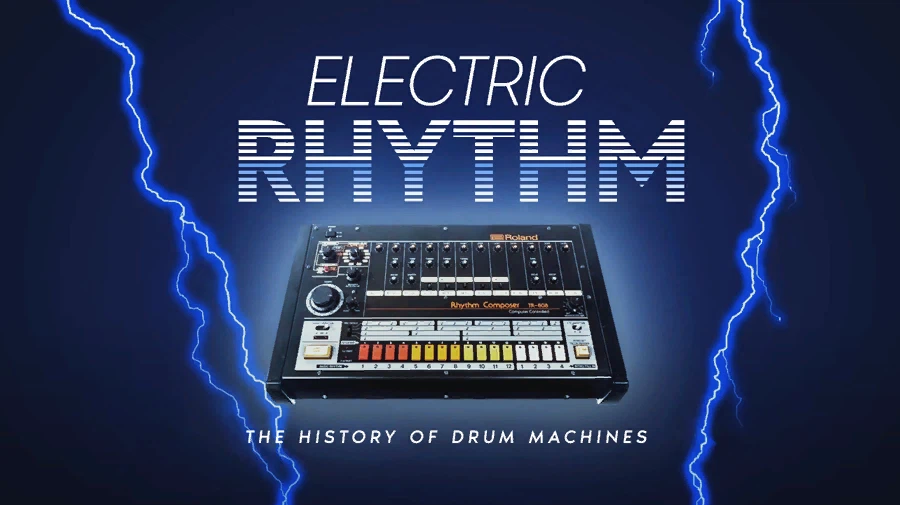
An educational film about the evolution of drum machines: from giant to pocket grooveboxes; from the rattlers of the 50s to the
808. The Movie • 2015
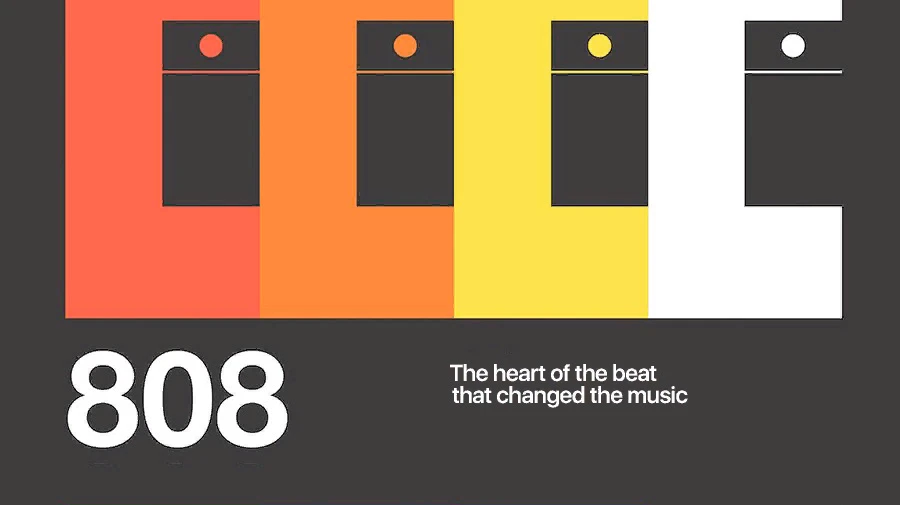
The film is about the most famous modern drum machine and its legacy. It was shot over three years and began one evening when two of
Sound of Berlin • 2018
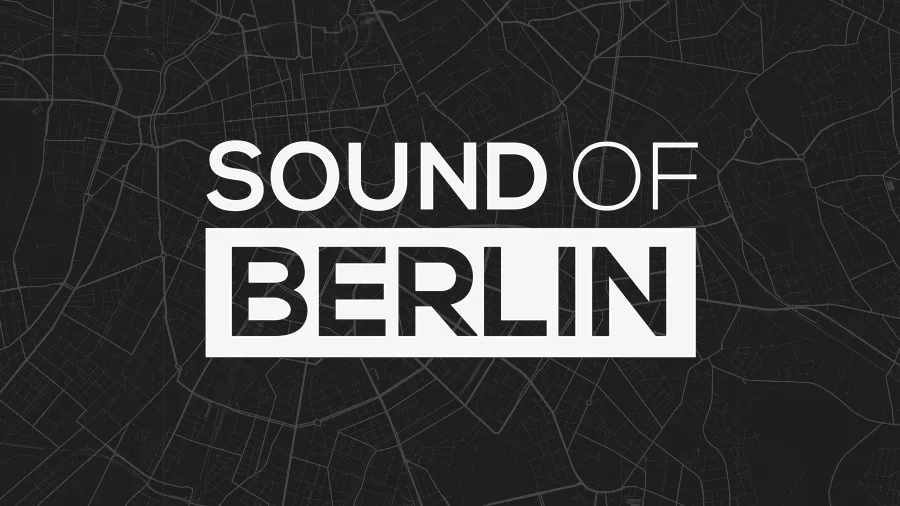
Sound of Berlin tries to answer the question: how did the capital of Germany become the world capital of techno? Guest musicians, DJs and club owners talk about how the techno dance floor united a once divided country. They explain how the Love Parade changed their lives and their attitude to music, money, competition, and a combination of styles, and discuss the eternal question of the techno mainstream and the underground. They touch on a wide variety of creative intellectuals, explain how to get into a Berlin club and what they think about city life around the clock. (Briefly: madness!) Watch this documentary
Brandy & Coke: UK Garage • 2014

The film is a memory of the golden days of UK Garage, when going to a club was considered going out into the world. From its very beginnings, the director of the film, Ewan Spencer, embraced the new movement
I Was There When House Music Was Born • 2017
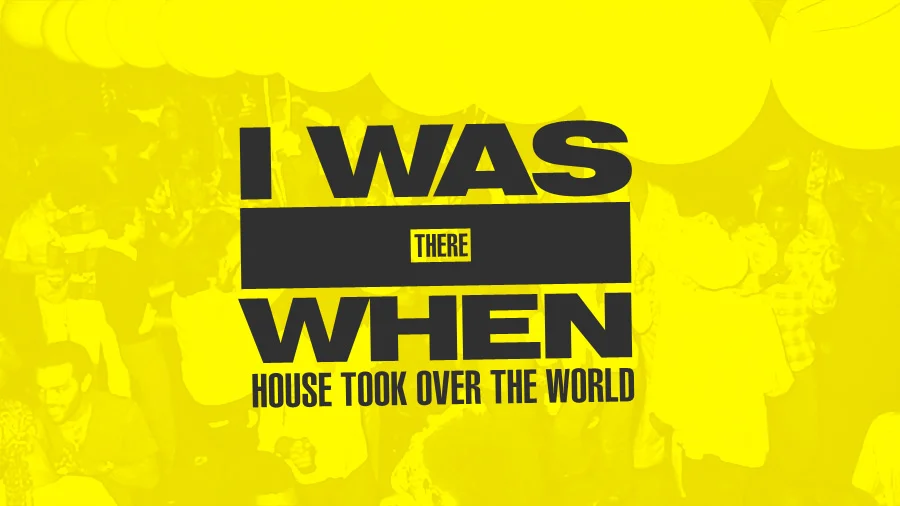
The film is about the first DJs who created
The Man from Mo’Wax • 2016
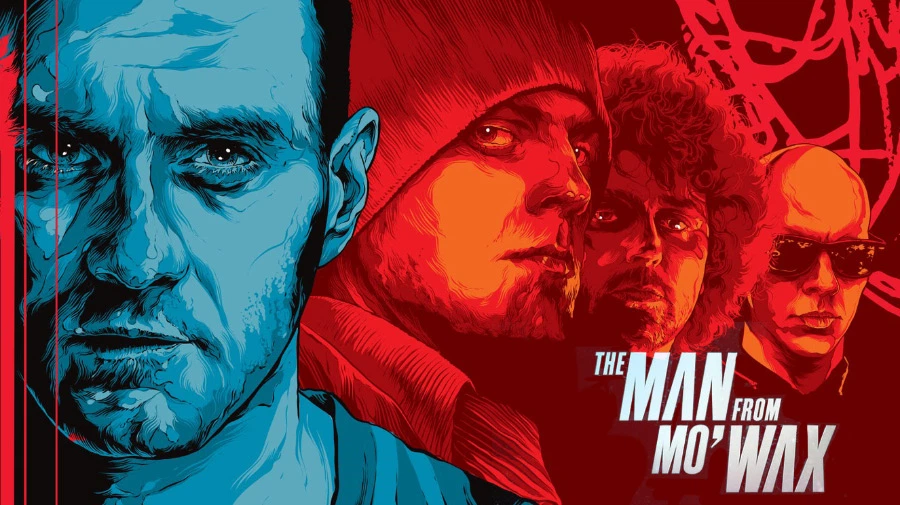
A documentary about the man’s destiny:: how one can, with incredible talent and love for music, gather the best people and found one of the best trip hop labels; get fabulously rich, become the most eligible bachelor in glasses with diopters, and wish to become as cool as your residents; record his best album, force out the rest of them, fall out with everyone, lose everything, and stitch himself back together piece by piece. This is the story of James Lavelle, the man from Mo’Wax. View in iTunes
Copyright Criminals • 2009

Ambiguous, ironic and somewhat serious, Copyright Criminals talks about
Bonzai Records. The story • 2017
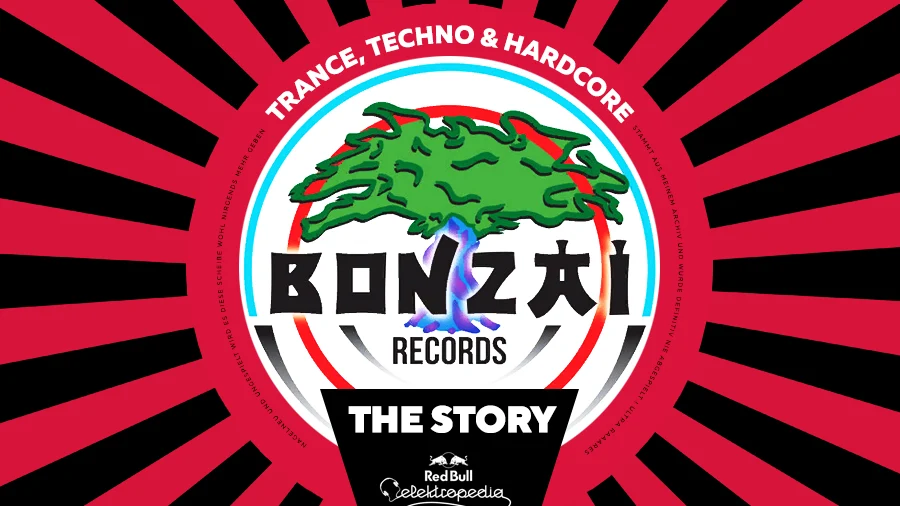
This film is about the ups and downs of the Bonzai Records—Belgian trance, house and hardcore label, which has long been a national treasure for its homeland and can be compared to R&S Records, another Belgian treasure. With a bit of a difference: R&S hooks quickly picked up in Britain for breakbeat hardcore and European techno, while Bonzai tracks were highly regarded in Germany and the Netherlands, enriching trance and gabba music. Watch this documentary
Firestarter: How The Prodigy won over metalheads • 2020
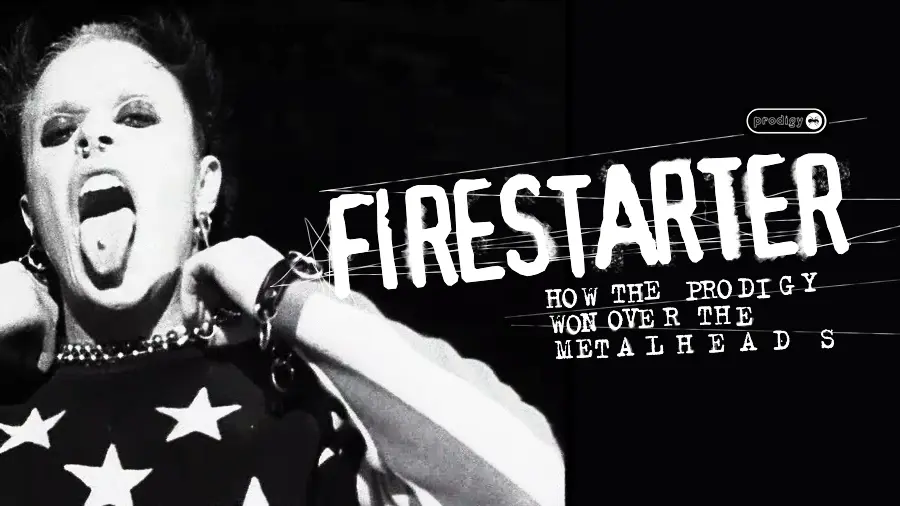
This film has two characters: Howlett, who was under the influence of punk, early hip hop and breakbeat and combined it all in the music of The Prodigy, and Flint, who used his punk look to become the symbol of the group for its fans and a nightmare
Suburban Prodigies • 1992
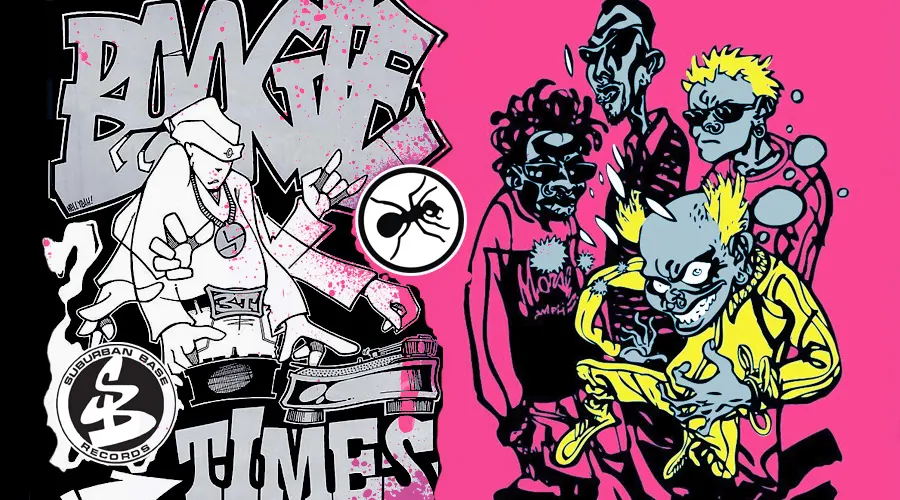
A story about the early days of the breakbeat hardcore label Suburban Base, made up
Drum & Bass: The Movement • 2020

The film is about the development of the movement and its sound from 1996, when
The Ingredients of a Classic House track • 2019
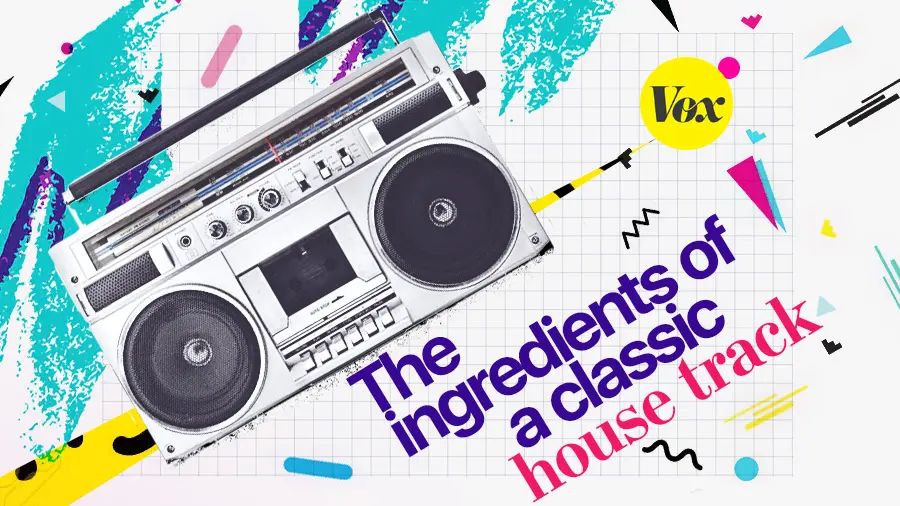
A small story that explains how house music gained such massive popularity. The secret is simple: the genre didn’t bring anything new. It just adapted
Thunderdome never dies • 2019
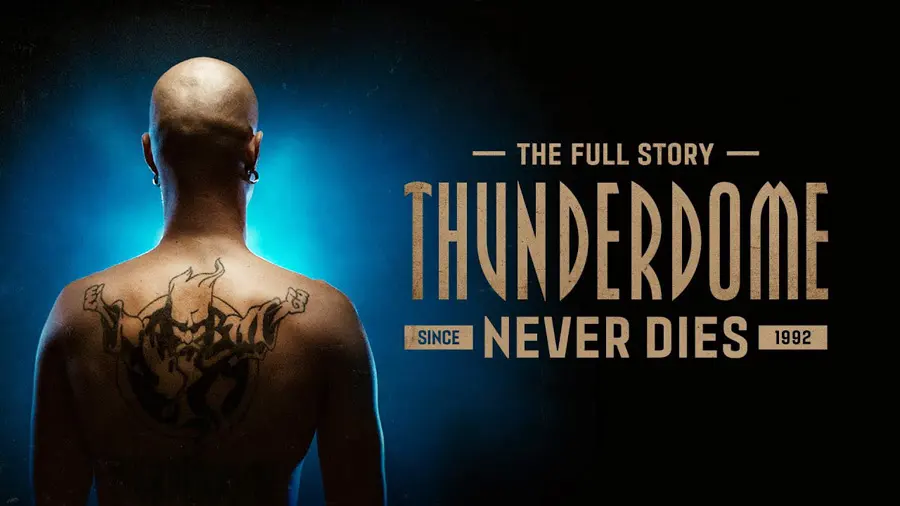
An educational film about the history of the Thunderdome hardcore festival. From amateur parties in hangars to mega parties for tens of thousands of people in huge expo centres in the Netherlands. How ID&T was formed, where the wizard logo and the rest of the design came from, how the name Thunderdome was chosen, the first hardcore compilation, the battle for the trademark, hardcore entering the mainstream, Nazis on the dancefloor, and the last fest in 2012. And the comeback in 2017. Watch this documentary
Jungle Fever • 2014
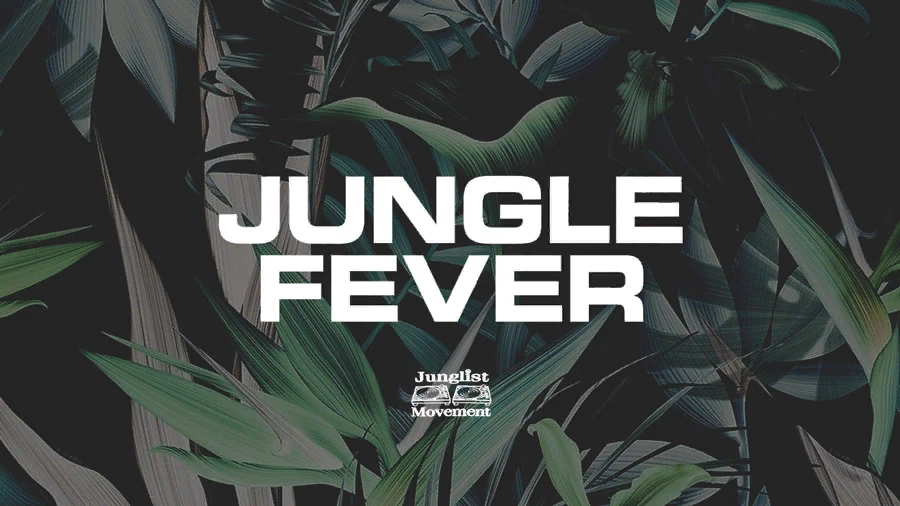
An educational short doc about the ways in which the elements of jungle came to the UK and how it all came together as well as what American hip hop and funk, Jamaican dub and early reggae have to do with it; how jungle evolved, what it turned into, what was happening before it and what came after. Watch this documentary
Hey Good Looking • 1999
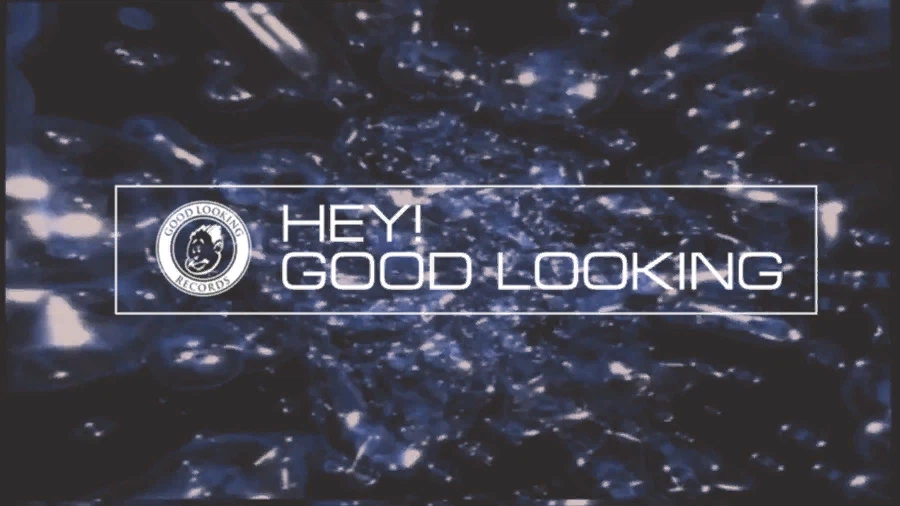
The film is about the label that gave the world ambient jungle and intelligent
Here LTJ Bukem, MC Conrad, Blame, Intense, and MC DRS talk about the label, how they met each other, the history of the first compilation Logical Progressions, Speed evenings, which made atmospheric mainstream, touring, playing
MTV about sampling • 1989

The appearance of sampling on the music scene was a surprise to all and artists are full of doubts. Here: British sampling revolutionaries Coldcut, Israeli singer Oprah Haza; rockers Andy Patridge, Steve Stevenson, Lou Reed, Tom Petty, Steve Winwood; Debbie Gibson; rappers Ice T,


